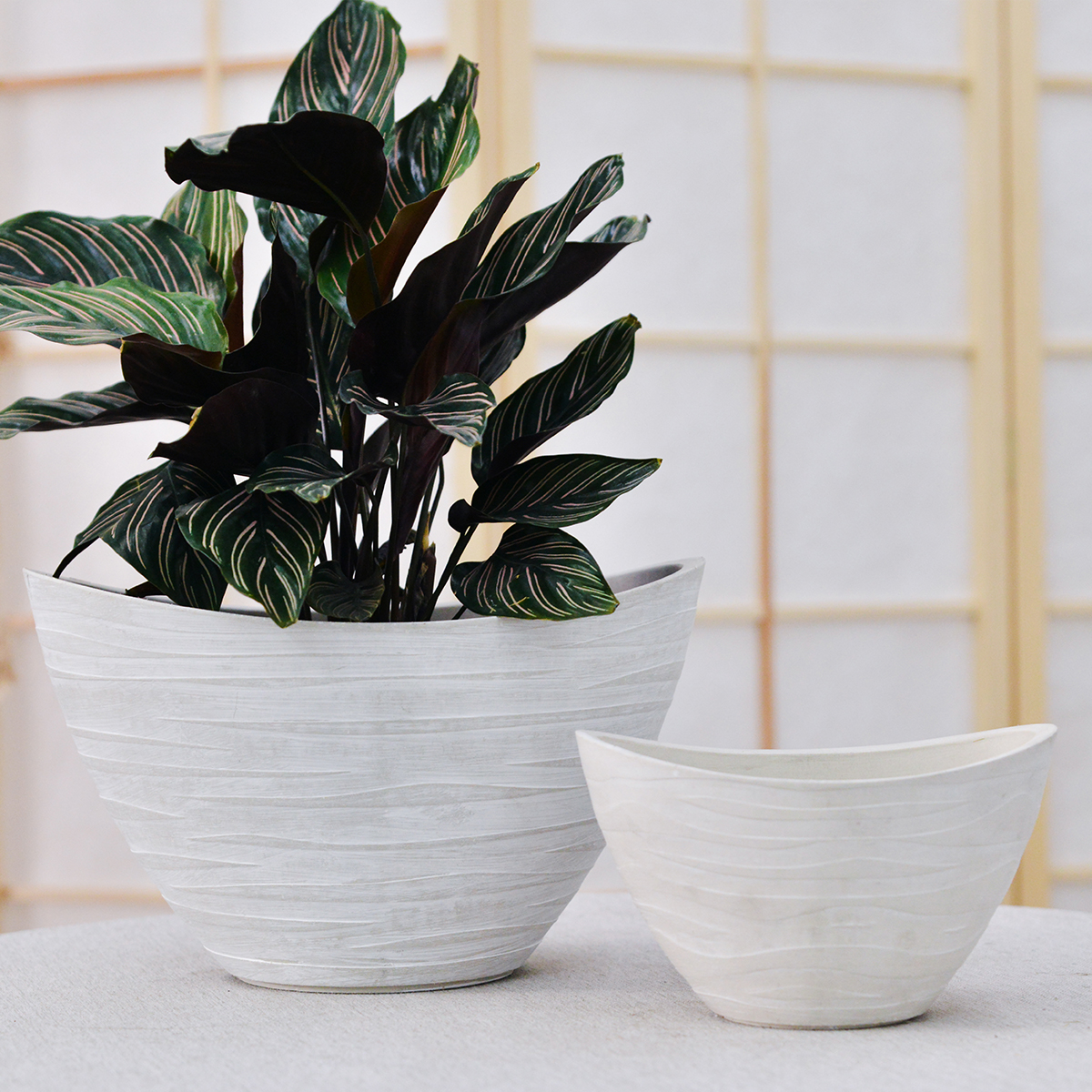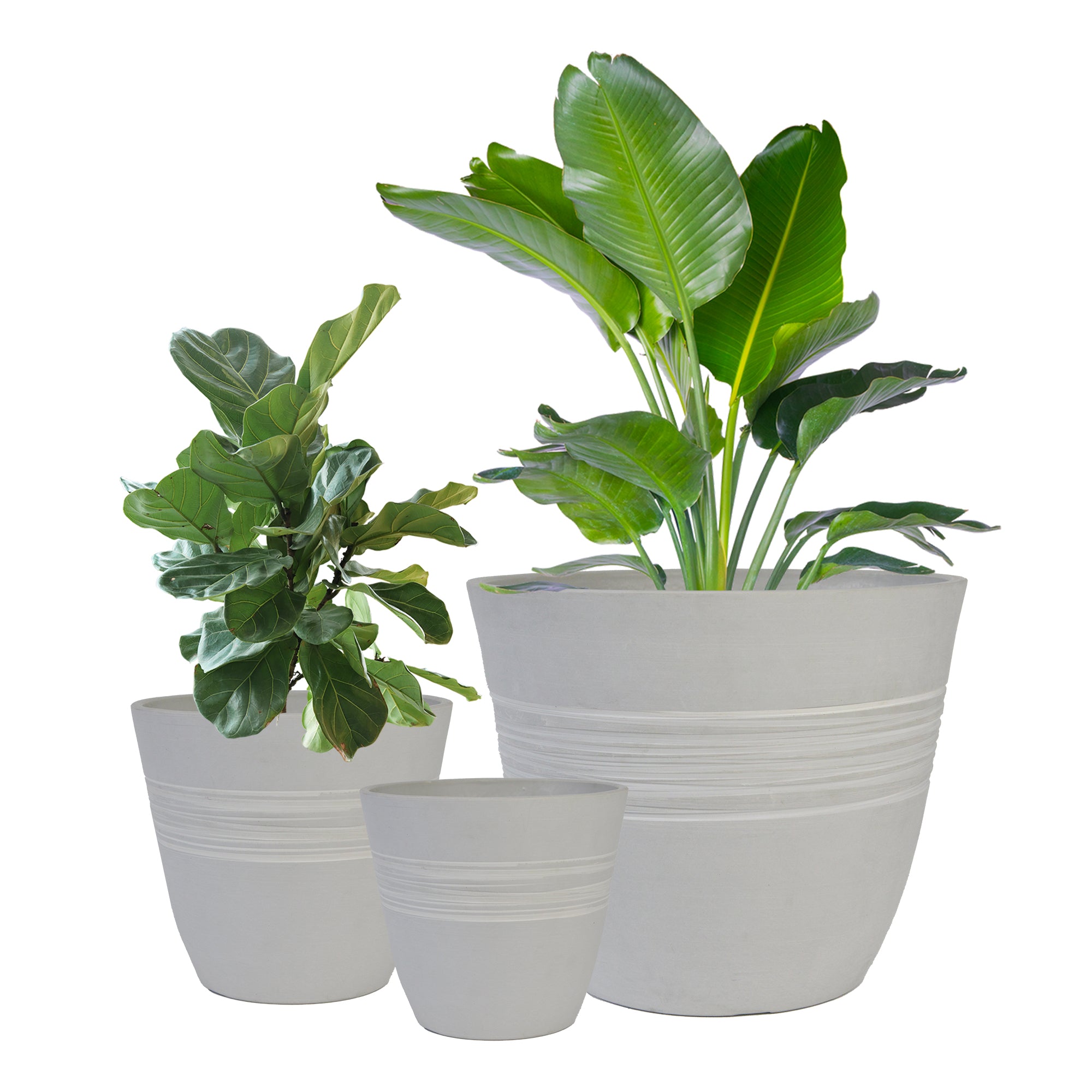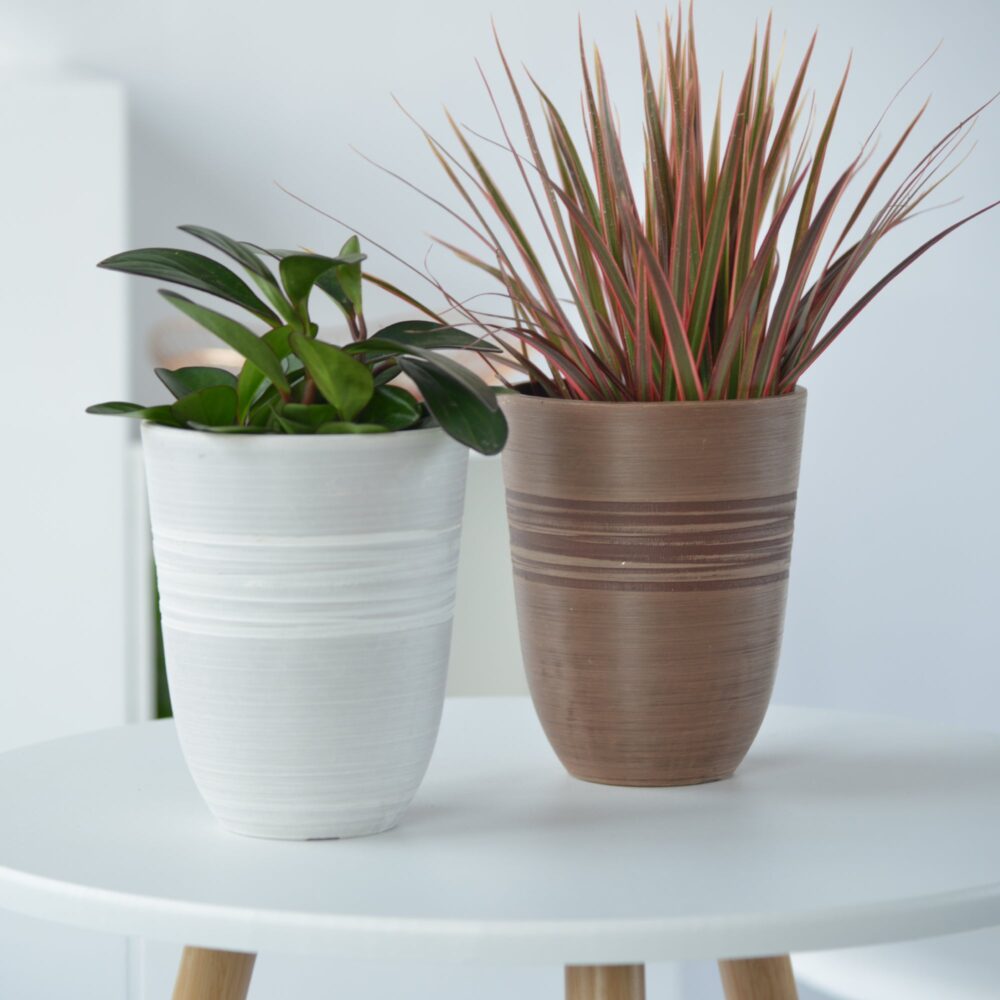Unlocking the Enchantment of Foxgloves: A Guide to Growing These Cottage Garden Classics
Foxgloves – just the name conjures images of fairytale cottage gardens, whimsical woodlands, and towering spires of vibrant blooms. These captivating flowers, with their bell-shaped blossoms and speckled throats, bring a touch of vertical drama and old-world charm to any garden setting. Whether you’re aiming for a romantic cottage garden, a pollinator paradise, or simply want to add striking height and color to your landscape, foxgloves are a fantastic choice.
This comprehensive guide will unlock the secrets to successfully growing foxgloves in your own garden. We’ll cover everything from understanding their biennial nature and planting needs to expert care tips, popular varieties, and design ideas for incorporating these enchanting flowers into your landscape. Get ready to be captivated by the beauty and grace of foxgloves!
Why Gardeners Love Foxgloves: Charm & Benefits
Foxgloves have long been cherished by gardeners for a multitude of reasons:
Vertical Drama & Height: Foxgloves are renowned for their impressive height, often reaching 3-5 feet tall, sometimes even more. Their towering flower spikes add vertical interest and structure to garden beds, creating a sense of depth and dimension.
Cottage Garden Charm: Foxgloves are quintessential cottage garden plants. Their somewhat informal, yet elegant, flower spires perfectly complement the relaxed, romantic aesthetic of cottage gardens, alongside roses, hollyhocks, and other traditional favorites.
Hummingbird & Bee Magnets: The tubular shape of foxglove blossoms is perfectly designed to attract hummingbirds and long-tongued bees. Planting foxgloves is a wonderful way to support pollinators and bring lively activity to your garden.
Shade Tolerance: While they appreciate some sun, foxgloves are notably shade-tolerant, thriving in partial shade to even quite shady conditions. This makes them invaluable for brightening up those dappled light areas under trees or on the north side of homes where many other flowering plants struggle.
Variety of Colors: Foxgloves offer a beautiful range of colors, from classic shades of rosy pink, lavender, and deep purple to creamy whites, yellows, and apricots. Many varieties feature speckled or spotted throats, adding extra visual intrigue.
Relatively Low Maintenance: Once established, foxgloves are relatively low-maintenance, requiring minimal care beyond watering and occasional deadheading. They are not demanding plants and can thrive in average garden soil.

Understanding Foxglove Life Cycle: Biennial Beauty
It’s important to understand that most common foxgloves (Digitalis purpurea and its cultivars) are biennials. This means they have a two-year life cycle:
Year One: Foliage Growth: In the first year, foxgloves primarily focus on vegetative growth, forming a rosette of leaves close to the ground. You’ll see healthy foliage, but no flowers in the first season.
Year Two: Flowering & Seed Production: In the second year, the magic happens! Foxgloves send up their towering flower spikes, bloom spectacularly, produce seeds, and then typically decline and complete their life cycle.
Self-Seeding for Continuous Blooms: The good news is that foxgloves are prolific self-seeders. If you allow some flowers to go to seed at the end of the second year, they will readily reseed themselves in your garden, ensuring you have new plants coming up to bloom in subsequent years. This creates a natural cycle of continuous foxglove displays.
Perennial Foxgloves (Less Common): Some foxglove species, like Digitalis grandiflora and Digitalis lutea, are short-lived perennials, meaning they can live for more than two years, although they may not be as robust or long-lived as true perennials.
Planting Foxgloves: Getting Started
Starting from Seed: Foxgloves are easily started from seed. Sow seeds indoors in late winter or early spring, about 8-10 weeks before your last expected frost. Surface sow seeds, as they need light to germinate. Keep soil consistently moist. Seedlings can be transplanted outdoors after the last frost. Direct sowing outdoors in late spring or early summer is also possible, but first-year growth may be smaller.
Buying Plants (Bare-Root or Potted): You can also purchase foxglove plants from nurseries or garden centers, especially in spring. These are typically young plants started the previous year and ready to bloom in their first spring in your garden.
Timing:
- Spring Planting: Spring is an ideal time to plant foxglove seedlings or purchased plants, allowing them to establish roots and foliage during the growing season for blooms the following year.
- Fall Planting: Fall planting is also possible, especially in milder climates. Fall-planted foxgloves may bloom the following spring in some cases, or the spring after.
Location: Choose a location in partial shade to shade. Foxgloves appreciate some morning sun but benefit from protection from harsh afternoon sun, especially in hotter climates. Well-drained soil is essential.
Soil Preparation: Foxgloves are not overly fussy about soil type, but they prefer moist, well-drained soil that is rich in organic matter. Amend your planting area with compost or well-rotted manure to improve soil fertility and drainage.
Planting Depth & Spacing: Plant foxgloves at the same depth they were growing in their containers. Space plants about 1-2 feet apart to allow for good air circulation and mature growth.
Foxglove Care: Tips for Thriving Blooms
Watering:
- Consistent Moisture: Foxgloves prefer consistently moist soil, especially during their first year and during blooming periods. Water regularly, especially during dry spells.
- Avoid Overwatering & Soggy Soil: While they like moisture, foxgloves do not tolerate soggy soil. Ensure good drainage to prevent root rot. Water deeply but allow the soil surface to dry slightly between waterings.
- Water at the Base: Water at the base of the plants, avoiding wetting the foliage as much as possible to minimize the risk of fungal diseases.
Fertilizing: Foxgloves are not heavy feeders. A spring application of a balanced, slow-release fertilizer is usually sufficient. Avoid over-fertilizing, which can lead to weak stems and foliage. You can also amend the soil with compost annually.
Mulching: Apply a layer of mulch around foxglove plants to help retain soil moisture, suppress weeds, and keep the root zone cool. Organic mulches like shredded bark, compost, or straw are beneficial.
Staking (Tall Varieties): Taller foxglove varieties, especially those in exposed locations, may benefit from staking to prevent flower spikes from toppling over, especially in windy conditions or after heavy rain. Use plant stakes or supports to gently support the flower stalks.
Deadheading (Optional, for Tidiness): Deadheading spent flower spikes after blooming is not strictly necessary for biennials, as they complete their life cycle after flowering. However, deadheading can improve the plant’s appearance and prevent excessive self-seeding if you want to control their spread. If you want self-seeding, allow some flower spikes to mature and develop seed pods.
Pest & Disease Issues: Foxgloves are generally relatively pest and disease-free. Slugs and snails may occasionally nibble on foliage, especially young seedlings. Use slug bait or beer traps if slugs become a problem. Fungal diseases like powdery mildew or leaf spot can sometimes occur in humid conditions or with overcrowding. Ensure good air circulation and avoid overhead watering to minimize fungal issues. Treat with fungicide if necessary.
Popular Foxglove Varieties to Grow
Foxgloves come in a delightful array of colors and forms. Here are some popular and readily available varieties:
Digitalis purpurea (Common Foxglove): The classic species, typically in shades of purple and pink, readily self-seeds. ‘Alba’ is a popular white variety.
‘Camelot’ Series: Upward-facing flowers in shades of lavender, rose, cream, and white. Known for their robust growth and longer bloom season.
‘Dalmatian’ Series: Dwarf varieties, reaching about 2-3 feet tall, with speckled throats in shades of purple, peach, and cream. Good for smaller gardens or containers.
‘Excelsior’ Hybrids: Tall, stately plants with flowers all around the stem (rather than just on one side as in some varieties), in mixed colors.
Digitalis grandiflora (Yellow Foxglove): Perennial species with smaller, creamy yellow flowers. Longer-lived than Digitalis purpurea.
Digitalis lutea (Straw Foxglove): Perennial species with small, straw-yellow flowers. Tolerates drier conditions once established.
Designing with Foxgloves: Garden Ideas
Foxgloves are incredibly versatile and can be incorporated into various garden styles:
Cottage Gardens: Essential for classic cottage gardens. Plant foxgloves alongside roses, delphiniums, hollyhocks, lavender, and other romantic cottage favorites for a charming, informal display.
Shade Gardens: Foxgloves thrive in partial shade and are perfect for brightening up shady borders, woodland gardens, or areas under trees. Combine them with ferns, hostas, bleeding hearts, and other shade-loving plants.
Pollinator Gardens: Attract hummingbirds and bees by including foxgloves in your pollinator garden. Plant them with other pollinator-friendly flowers like bee balm, salvia, and coneflowers.
Vertical Accents in Borders: Use tall foxgloves as striking vertical accents in mixed borders. Plant them towards the back of the border to provide height and backdrop for lower-growing plants.
Woodland Settings: Naturalize foxgloves in woodland gardens or shaded naturalized areas. They blend beautifully into dappled shade environments.
Cutting Gardens: Foxgloves make excellent cut flowers, adding dramatic height and elegance to bouquets. Cut flower spikes when about one-third to one-half of the flowers are open.

A Word of Caution: Toxicity
It’s important to note that all parts of the foxglove plant are toxic if ingested. This is due to cardiac glycosides present in the plant. While beautiful, foxgloves should be planted with awareness, especially if you have young children or pets who might be inclined to sample plants. Educate children about not touching or eating any part of the plant. Wear gloves when handling foxgloves, especially when pruning or deadheading, as the sap can be a skin irritant for some individuals.
Conclusion: Embrace the Magic of Foxgloves
Foxgloves are more than just beautiful flowers – they are garden enchantments, bringing vertical drama, cottage charm, and pollinator appeal to any landscape. With their relatively easy care and rewarding blooms, they are a fantastic addition to gardens of all styles and experience levels. Embrace the magic of foxgloves and watch these stunning spires transform your garden into a captivating floral haven!
20YB
By greenship|2024-08-16T05:37:57+00:00August 16, 2024|Categories: Hand-carving Series|
Modern Plant Pots丨Planter for Indoor Plants,8 inch or 10 inch Plant Pots with Drainage Hole,Decorative Flower Pots
By greenship-seo|2025-04-10T08:32:55+00:00January 7, 2025|Categories: Hand-carving Series|Tags: Decorative Flower Pots, Self-Watering Pots|
11V
By greenship|2024-08-13T03:05:48+00:00August 13, 2024|Categories: Hand-carving Series|
Plant Pots 6 inch 8 inch 12 inch for Indoor Outdoor Plants, Set of 3 Modern Decorative Planter with Drainage Hole, Decorative Flower Pots
By greenship-seo|2025-04-10T06:38:40+00:00January 16, 2025|Categories: Hand-carving Series|Tags: Decorative Flower Pots|
Planter 6 in W / 8 in W / 12 in W Indoor or Outdoor Plants, Modern Decorative Plant Pots with Drainage Hole, Decorative Flower Pots
By greenship-seo|2025-02-06T13:43:53+00:00January 16, 2025|Categories: Hand-carving Series|Tags: Decorative Flower Pots|
Plant Pots 6 inch 8 inch 10 inch for Indoor Plants, Set of 3 Modern Decorative Planter ts with Drainage Hole, Decorative Flower Pots
By greenship-seo|2025-04-10T06:39:28+00:00January 14, 2025|Categories: Hand-carving Series|Tags: Decorative Flower Pots|






